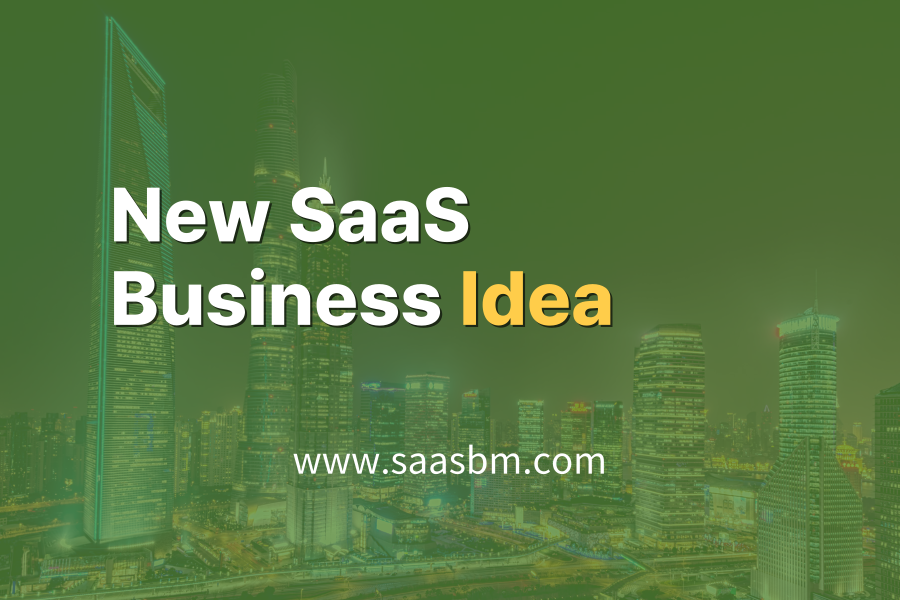Here are two new business ideas inspired by a benchmarked SaaS model.
We hope these ideas help you build a more compelling and competitive SaaS business model.
- Benchmark Report: Simplified IT Infrastructure Monitoring Platform
- Homepage: https://www.simpleops.io
- Analysis Summary: SimpleOps offers a streamlined IT infrastructure monitoring solution that simplifies complex operations, providing real-time alerts, comprehensive dashboards, and automated remediation for DevOps and IT teams.
-
New Service Idea: PredictiveOps / InfraExchange
Derived from benchmarking insights and reimagined as two distinct SaaS opportunities.

1st idea : PredictiveOps
AI-powered decision intelligence platform for proactive IT infrastructure management
Overview
PredictiveOps leverages the monitoring capabilities of platforms like SimpleOps but takes infrastructure management to the next level with advanced AI-driven predictive analytics. Rather than simply monitoring current status and alerting on issues, PredictiveOps analyzes historical patterns and trends to forecast potential problems before they occur. The platform employs machine learning algorithms to recommend optimized resource allocation, predict capacity needs, and suggest preventative maintenance schedules. By transforming reactive IT monitoring into proactive strategic planning, PredictiveOps enables organizations to minimize downtime, optimize IT spending, and align infrastructure decisions with business objectives. The service integrates with existing monitoring tools like SimpleOps to enhance their capabilities without replacing them.
![]()
Who is the target customer?
▶ IT Directors and CTOs responsible for strategic technology planning and budget optimization
▶ DevOps teams looking to transition from reactive firefighting to proactive management
▶ Cloud-first organizations needing to optimize their resource allocation and spending
[swpm_protected for=”3,4″ custom_msg=’This report is available to Growth and Harvest members. Log in to read.‘]
![]()
What is the core value proposition?
![]()
How does the business model work?
• Integration Partnerships: Revenue sharing agreements with monitoring platforms like SimpleOps, where PredictiveOps serves as a premium add-on, creating mutual value and simplified sales channels.
• Optimization Success Fees: Optional pricing component where customers pay a percentage (typically 10-20%) of documented infrastructure cost savings, creating a performance incentive while reducing upfront costs.
![]()
What makes this idea different?
1. Business-centric insights that translate technical metrics into financial implications and business risk assessments
2. Vendor-agnostic approach that works across hybrid environments, integrating with existing tools rather than replacing them
3. Machine learning models specifically trained on IT infrastructure patterns, not generic algorithms
4. Decision automation capabilities that can implement optimizations automatically based on predefined business rules and approval workflows
![]()
How can the business be implemented?
- Develop core prediction engine utilizing machine learning models trained on anonymized infrastructure data patterns
- Create integration APIs for popular monitoring platforms, starting with SimpleOps and expanding to other major providers
- Build intuitive dashboards that translate technical predictions into business metrics and visualizations accessible to non-technical stakeholders
- Establish a beta program with 5-10 mid-sized companies to refine predictive accuracy and demonstrate ROI
- Scale through strategic partnerships with monitoring platforms, cloud providers, and IT consultancies that can serve as implementation channels
![]()
What are the potential challenges?
• Integration complexity: Different monitoring systems structure data differently. Mitigate by developing standardized connectors for major platforms and providing professional services for custom integrations.
• Demonstrating ROI: The value of prevented issues is inherently difficult to quantify. Overcome by implementing robust tracking that compares predicted outcomes against actual results and calculates counterfactual costs.

2nd idea : InfraExchange
Marketplace platform connecting IT infrastructure problems with crowdsourced expert solutions
![]()
Overview
InfraExchange reimagines how organizations solve IT infrastructure challenges by creating a specialized marketplace that connects those facing complex infrastructure problems with verified experts who can provide solutions. Unlike traditional consulting or support models, InfraExchange operates as a knowledge marketplace where IT professionals can post specific infrastructure monitoring alerts, performance issues, or optimization questions and receive bids from specialists with proven expertise in those exact scenarios. The platform leverages the monitoring data from tools like SimpleOps to provide context and standardize problem descriptions, while incorporating reputation systems, solution verification, and knowledge management to ensure quality. By transforming how infrastructure knowledge is exchanged, InfraExchange helps organizations solve problems faster while creating new income opportunities for IT experts.
![]()
Who is the target customer?
▶ Growing companies experiencing new infrastructure challenges as they scale
▶ DevOps engineers facing complex monitoring alerts or performance bottlenecks
▶ IT professionals and consultants looking to monetize their specialized knowledge
![]()
What is the core value proposition?
![]()
How does the business model work?
• Subscription Access: Organizations can purchase monthly subscriptions ($299-999/month) for priority access, discounted fees, and enhanced features like integration with their monitoring systems.
• Enterprise Knowledge Library: Premium tier ($2,500+/month) providing organizations with searchable private libraries of all previously purchased solutions, creating an organizational knowledge repository.
![]()
What makes this idea different?
Key differentiators include:
1. Direct integration with monitoring platforms to automatically capture relevant system state and metrics
2. Expert verification system that validates infrastructure-specific expertise through practical assessments, not just self-reported skills
3. Solution quality guarantees with escrow payment release only after implementation verification
4. Knowledge classification system that builds searchable taxonomies of infrastructure challenges and solutions
![]()
How can the business be implemented?
- Build the core marketplace platform with problem posting, bidding, and secure payment infrastructure
- Develop the expert verification system with technology-specific assessment mechanisms for infrastructure specialties
- Create integration APIs that connect with monitoring platforms to enable one-click problem submission with context
- Recruit initial expert pool through partnerships with IT communities, certification programs, and technology-specific forums
- Launch with focus on high-demand infrastructure categories (cloud optimization, container orchestration, database performance) to achieve critical mass before expanding
![]()
What are the potential challenges?
• Solution quality assurance: Ensuring delivered solutions actually work is critical for platform trust. Mitigate through implementation verification, rating systems, and escalation processes when solutions don’t resolve issues.
• Security and confidentiality concerns: Organizations may hesitate to share infrastructure details. Address through robust data anonymization tools, NDAs, and secure workspaces that protect sensitive information while providing necessary context.
[/swpm_protected]

No comment yet, add your voice below!